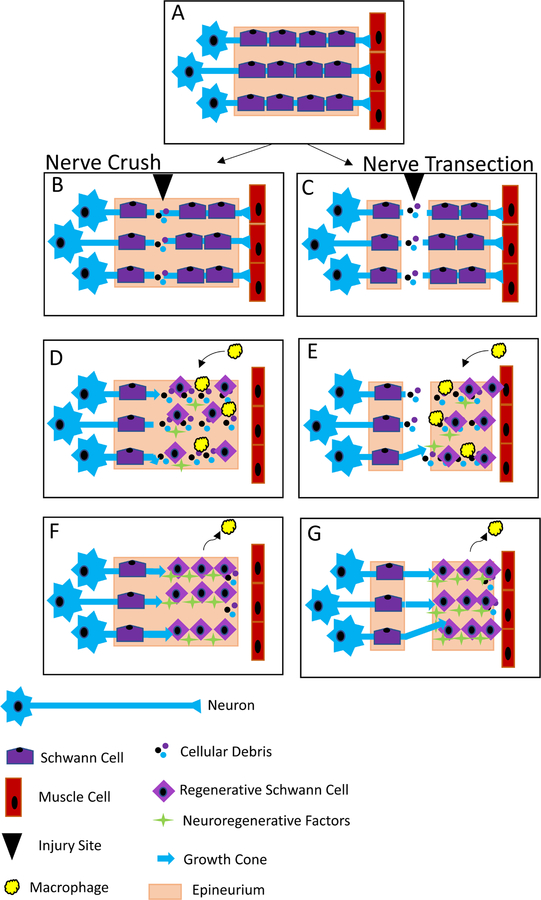Figure 1. Mechanism of Nerve Injury and Neuroregeneration.
An uninjured peripheral nerve has motoneurons innervating muscle cells surrounded by Schwann cells in an intact epineurium (A). After a crush injury that does not damage the epineurium (B). After a transection injury that damages in which the epineurium is damaged (C). Regardless of the type of injury, Schwann cells switch to a regenerative phenotype and macrophages migrate into the nerve to clear cellular debris, while growth cones start to grow through the injury site (D & E). Later in the process of neuroregeneration, Schwann cells have formed bands of Büngner, while marcophages leave the nerve, and growth cones travel towards the target muscle (F & G).

